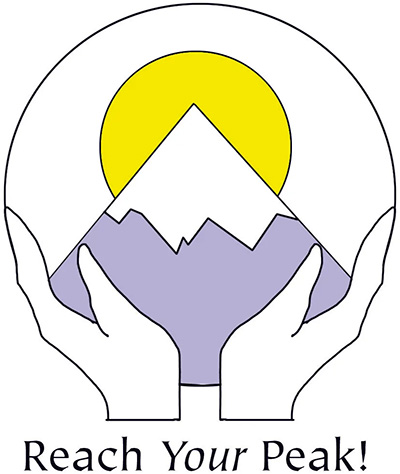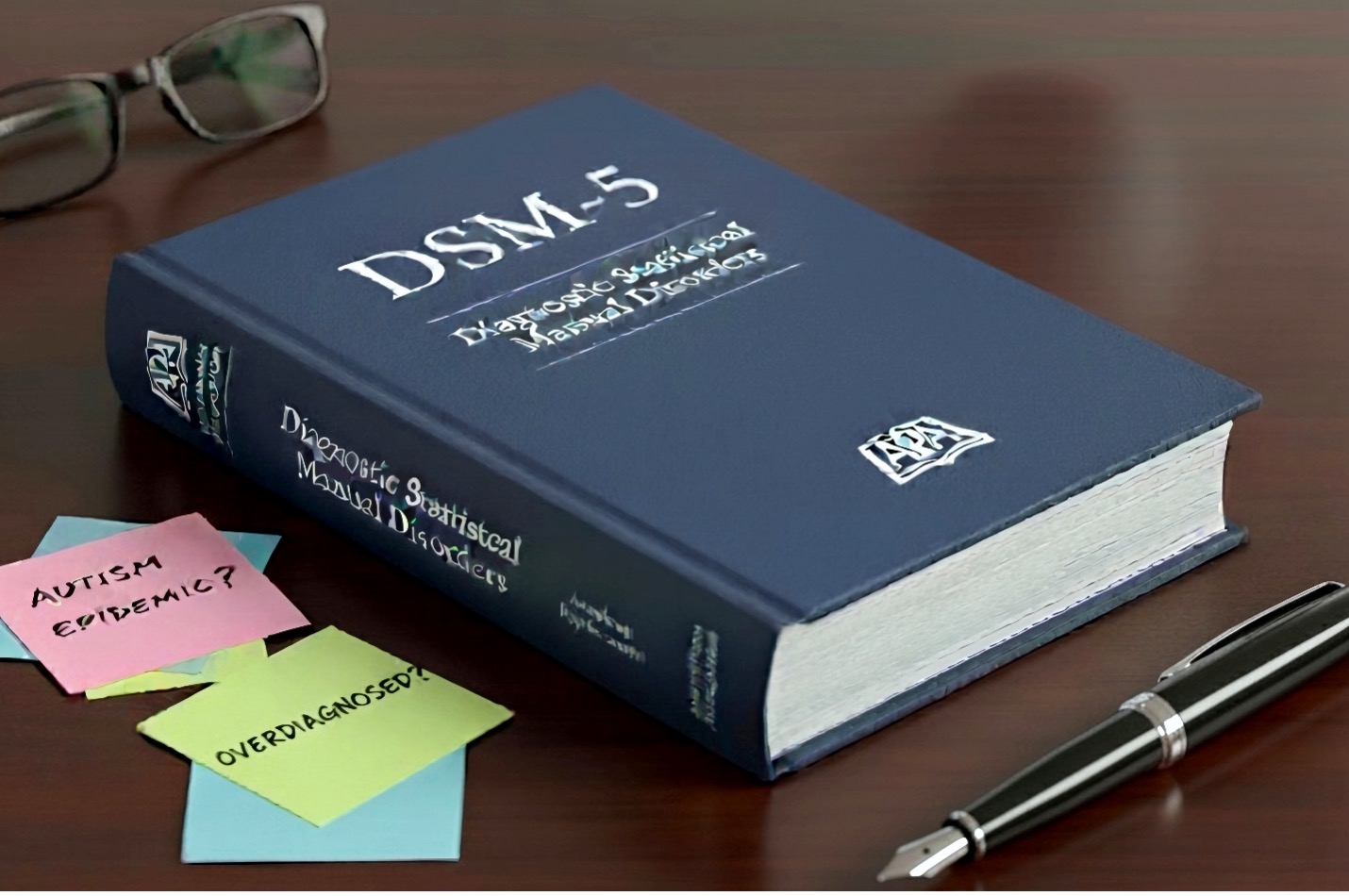On October 15, 2024, Isabella Backman reported on an article in Molecular Psychiatry about a key brain difference linked to autism that was found for the first time in living people. PET scans revealed that the brains of adults with autism have fewer synapses than those of neurotypical people. Furthermore, the research team discovered that the fewer synapses an individual had, the more features of autism they exhibited. James McPartland, PhD, principal investigator at the Yale Child Study Center, said these findings were remarkable because it is difficult to see correlations between brain differences in a disorder as complex as autism. Despite the fact that it remains unclear scientifically whether people with autism are born with fewer synapses or they occur after years of living with it, this development gave hope to researchers to find causations and to develop effective treatments.
However, as things change they remain the same, since autism continues to be diagnosed in the Diagnostic and Statistical Manual of Mental Disorders (DSM) primarily through observation and assessment of a child’s behavior, communication, and social skills and not definitively in the biology lab, it continues to give rise to questions as to who should qualify for a diagnosis. It also leads to high anxiety among parents who work to accommodate the emotional and physical needs of their children in distress. I was exposed to working with young people with autism and observed this emotional tension that I saw in the following cases.
It’s like banging your head against the wall
When I was 18, I was a student nurse intern in a pediatric unit at a psychiatric hospital, and I was horrified to see a 10-year-old boy who wore a football helmet not because he was an athlete but because he banged his head against the institutional wall all day long without any treatment. I recall his mother, a nurse, came to visit him daily, and the unit nurses talked about her as the cause of her son’s mental condition. I felt sad for her because she did not know what to do to help him—in fact no one did—and there was a stigma attached to autism for which mothers were often blamed.
A mother’s emotional volatility
On another occasion, when I was an RN and a young mother of four, I sat with a five-year-old boy who had autism while observing a private in-home session with a form of behavioral conditioning (Applied Behavior Analysis- ABA). Since the assistant was soon quitting, I was being interviewed to take her place. Nearby, I observed the session where there was an interchange between the two as the boy performed tasks of naming what he saw on picture cards held up for his inspection. If he was correct in his assessment, he was given a reward of a raisin that he ate promptly. This went on for some time. However, the assistant switched gears and provided small amounts of colored play dough instead, which the boy picked up, rolled into tiny pieces, and promptly put in his mouth without looking.
His mother got emotionally upset by his behavior. I tried to calm her by suggesting that she substitute another reward and perhaps this behavior would change. With this she got angry at me because she thought I was saying her son was dumb because he didn’t know the difference between a raisin and play dough. She then paid me $15.00 for my time and fired me before she hired me. I felt pain for her, and for her son and young daughter because they were upset.
Allaying mom’s fears
There was another experience I had as a peak performance coach years later, when a mother of a 13-year-old boy who was on the autism spectrum came to me because he wanted to go to sleep-away summer camp but lacked the confidence to do so. His mother, to allay her fears, sought to help her son become more independent and to have some fun at camp. We worked on how to make new friends, how to settle into his cabin at night, how to join swim class, and how to do his activities of daily living (ADL) with ease so he felt more confident. After I taught him Mindful Toughness® skill sets (behavioral conditioning), such as mental rehearsal, positive self-talk, and mental recall, he was able to accomplish his goals. It was great to see him have success that he could then build on, which gave him and his mom hope. Click on the image below to view an animated video of this story.
Controversy abounds
On June 23, 2025, I thought about these experiences I had with the three boys mentioned above after I read an article by Dr. Allen Frances in The New York Times titled “Autism Rates Have Increased 60-Fold. I Played a Role in That.” Dr. Frances, a psychiatrist, had been the chair of the task force charged with creating the Diagnostic and Statistical Manual of Mental Disorders (DSM-IV) in 1994. In his article, he stated that he felt responsible for including the diagnosis of Asperger’s Disorder (ASD) into the DSM-IV at that time in response to child psychiatrists’ and pediatricians’ concerns for those who did not meet the extremely stringent criteria of classic autism. Up to that time, autism was extremely rare with early onsets before age three with severe cognitive, interpersonal, emotional, and behavioral problems.
In the article, Dr. Frances confesses that he made a mistake by inclusion of ASD, which resulted in an explosion that led to many instances of overdiagnosis. This change meant that some children were labeled with a serious condition with challenges that would better be viewed as a variation of ‘normal.’ This led to sowing the seeds of conspiracy theories that explain the rising opposition to vaccines for childhood diseases that we thought were irradicated but are now re-emerging with devastating life-threatening consequences. In the meantime, these debunked “pseudoscience hypotheses,” as called by Dr. Frances, remain unproven by Robert F. Kennedy, Health Secretary, and his defenders.
What occurred in the next version of the DSM-5 in 2013 compounded matters more by eliminating the diagnosis ASD as a stand-alone disorder and wrapped it into the concept of autism spectrum disorder. This action further increased the rate of autism by obscuring the already fuzzy boundary between autism and social awkwardness. Since it is difficult to diagnose ASD because there are no biological tests with mental disorders in general, clinicians do not always agree, and the diagnosis is not always stable over time.
Dr. Frances shared his position in his article by stating that many people diagnosed as children no longer meet the criteria for the diagnosis if evaluated later as teens or adults, which contributes to the idea that we are having an “epidemic” of autism. As a result, he now believes that the diagnosis should be written in pencil and not in stone. The good news for those socially awkward adults diagnosed late in life, he says, is that they may meet a friend to help them socially and get better with age. So, his advice is not to limit oneself with a diagnosis into thinking that you cannot have a better future. Another problem that Dr. Frances foresees is that clinicians and parents are sometimes too quick to embrace an autism spectrum diagnosis, which can divert funding from “real science” that could elucidate the cause and provide more services to those who really need it.
The Internet spread the idea of autism like wildfire, Dr. Frances posits, and many people self-diagnosed, making autism a badge of honor, which can serve to de-stigmatize autism, but at the same time, can marginalize those who have profound or classic cases as seen below.
Varied views of why autism rates are rising
- President Trump declared without offering new evidence to prove it that there is a link between rising autism rates and the use of Tylenol during pregnancy.
- Amen of Amen Clinics stated that it is disappointing to see well-known figures like Dr. Frances who rush to discredit Robert F. Kennedy and his efforts to investigate the alarming rise of autism. If we are committed to the protection of children, he stated, we need more than psychiatric labels and bureaucratic dismissals.
- A scientist who was diagnosed with autism (ASD) at 53 stated that the rise of autism is the result of greater awareness, better identification, and broader definition that now includes a range of neurodevelopmental conditions. He considers his diagnosis a good thing.
- A mother who has the diagnosis of autism as well as her 11-year-old son who is developmentally disabled, believes that the rebranding of autism in the DSM-5 was absurd because it included the glamorizing of celebrities with Asperger’s, along side a 20-year-old in diapers, who is non-verbal and bites his arms. She homeschools her son but stays up at night worrying that when she dies her son will be on the street because there are no affordable social programs to care for him.
Is hindsight better than foresight?
Where do you stand with your viewpoint on the diagnosis and treatment of autism? What do you think can be done to work through the politics of autism that provide long-term care for those who need it?
For me, I agree with Dr. Frances, who had the courage to speak out about what he views as a mistake in his judgement during the creation of the DSM-IV, and I applaud his effort to apologize for it. As a historian who wrote about the history of psychiatry in my book: Wrestling Through Adversity in Chapter 2, I know Dr. Frances’s action stands out because when did we ever hear an apology for the atrocities of insulin shock therapy, ECT, or pre-frontal lobotomies (as seen in the film, One Flew Over the Cuckoo’s Nest, 1975), all under the guise of giving hope to the hopeless?
Footnote: Despite the great ongoing controversy regarding ASD diagnoses, only two small clarifying word changes were made to the ASD criteria in the latest 2022 DSM edition, DSM-5-TR, that did not alter the diagnostic protocol.


0 Comments